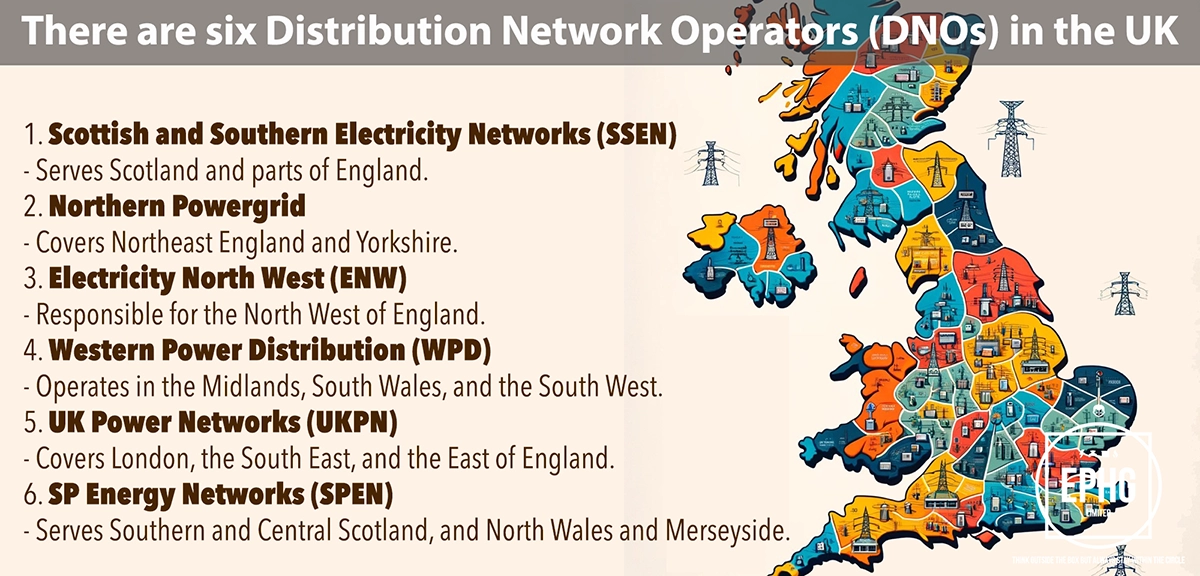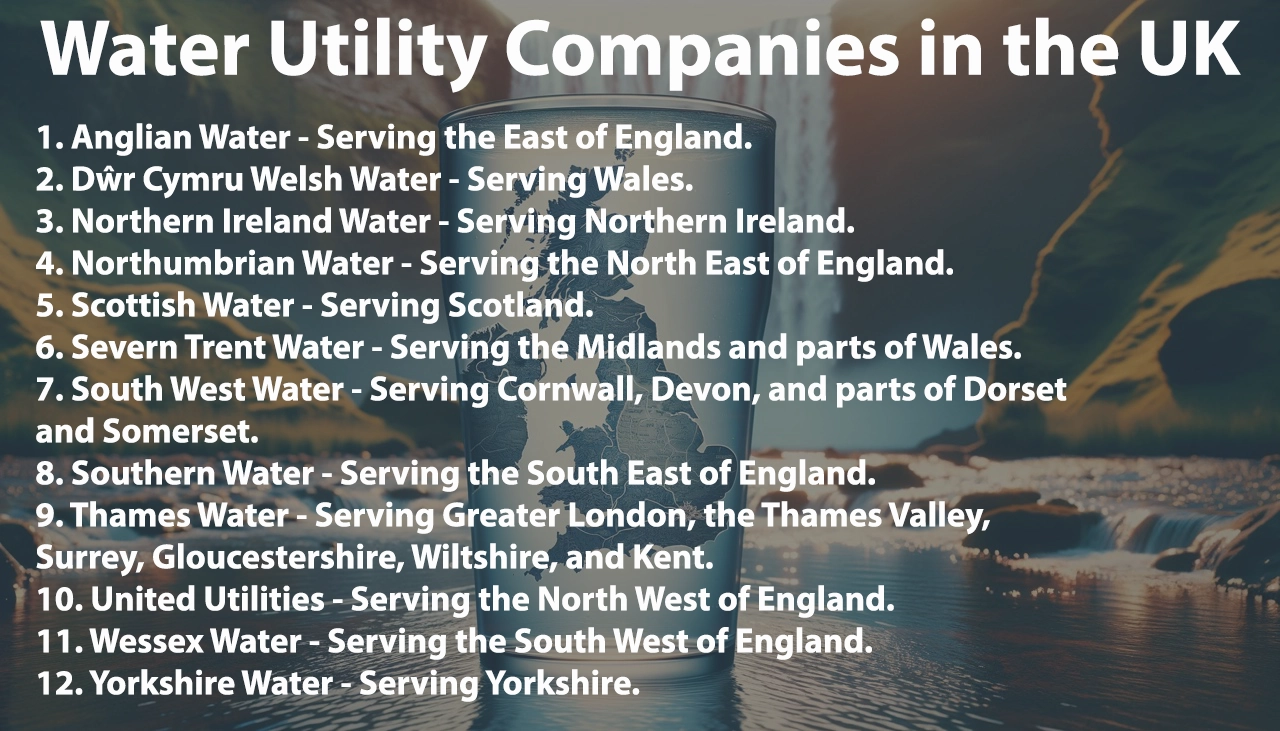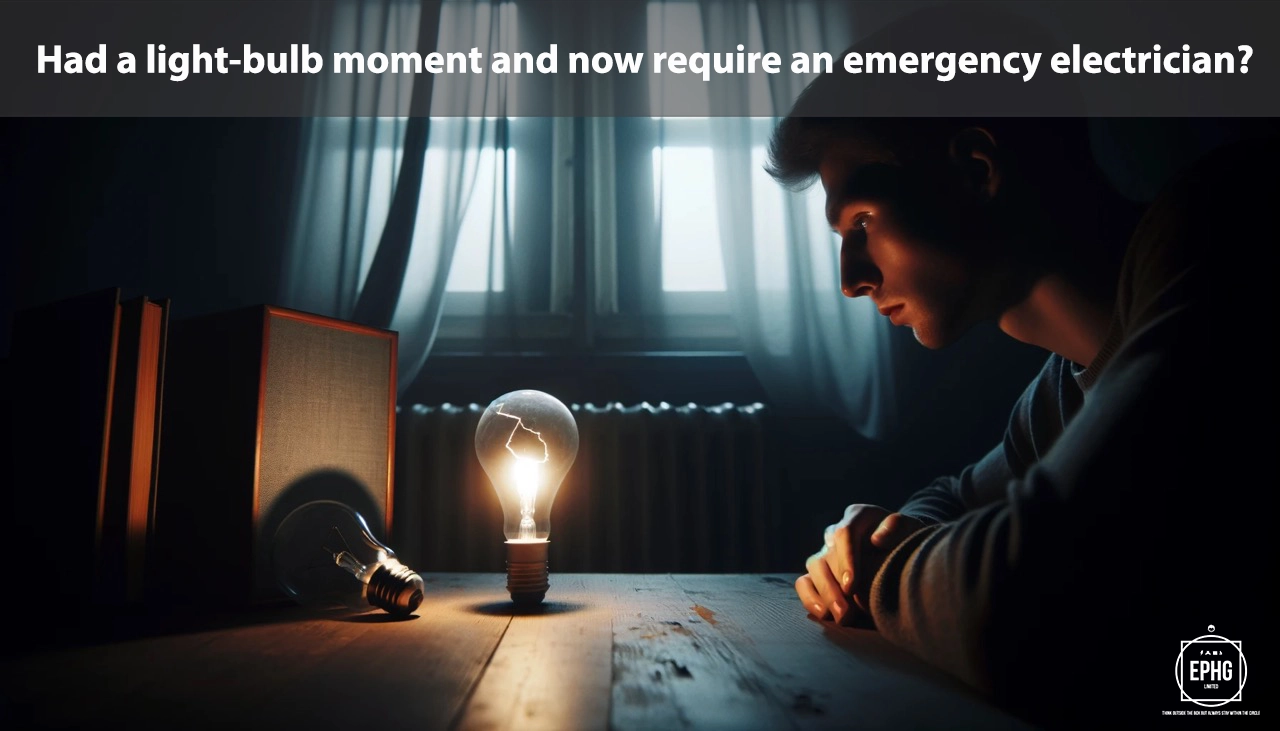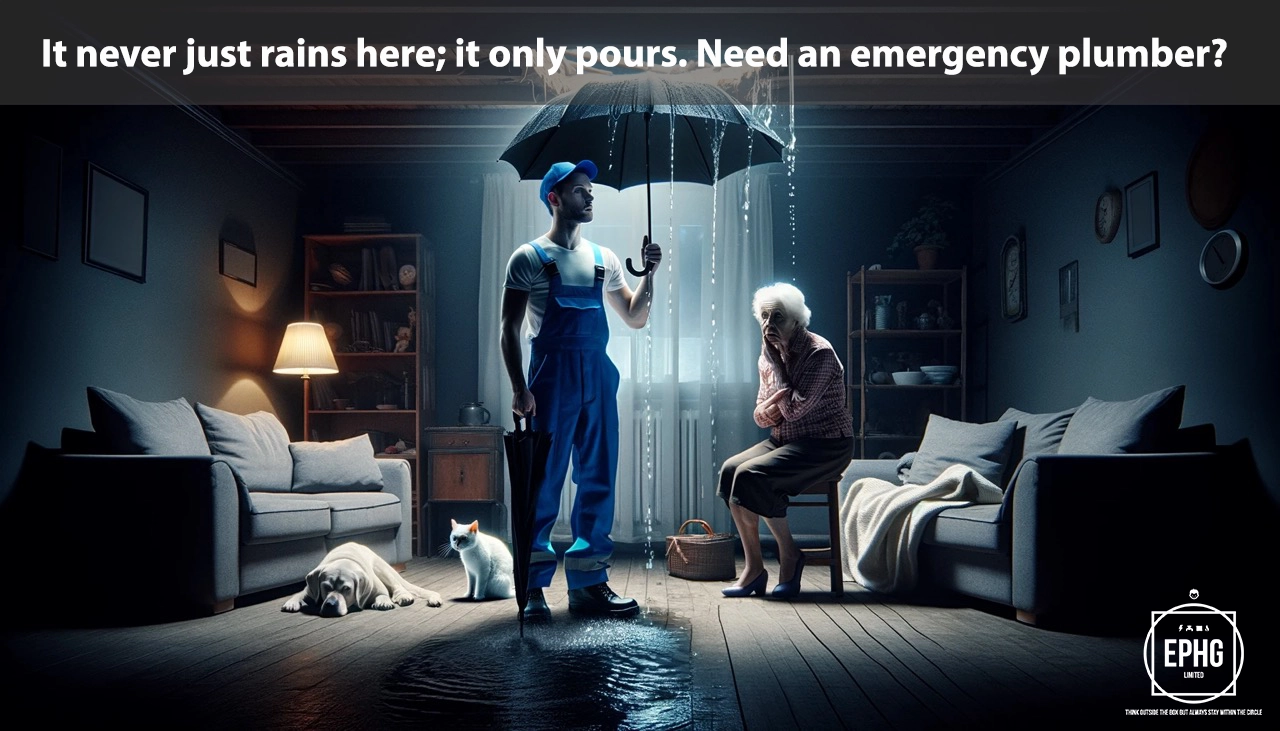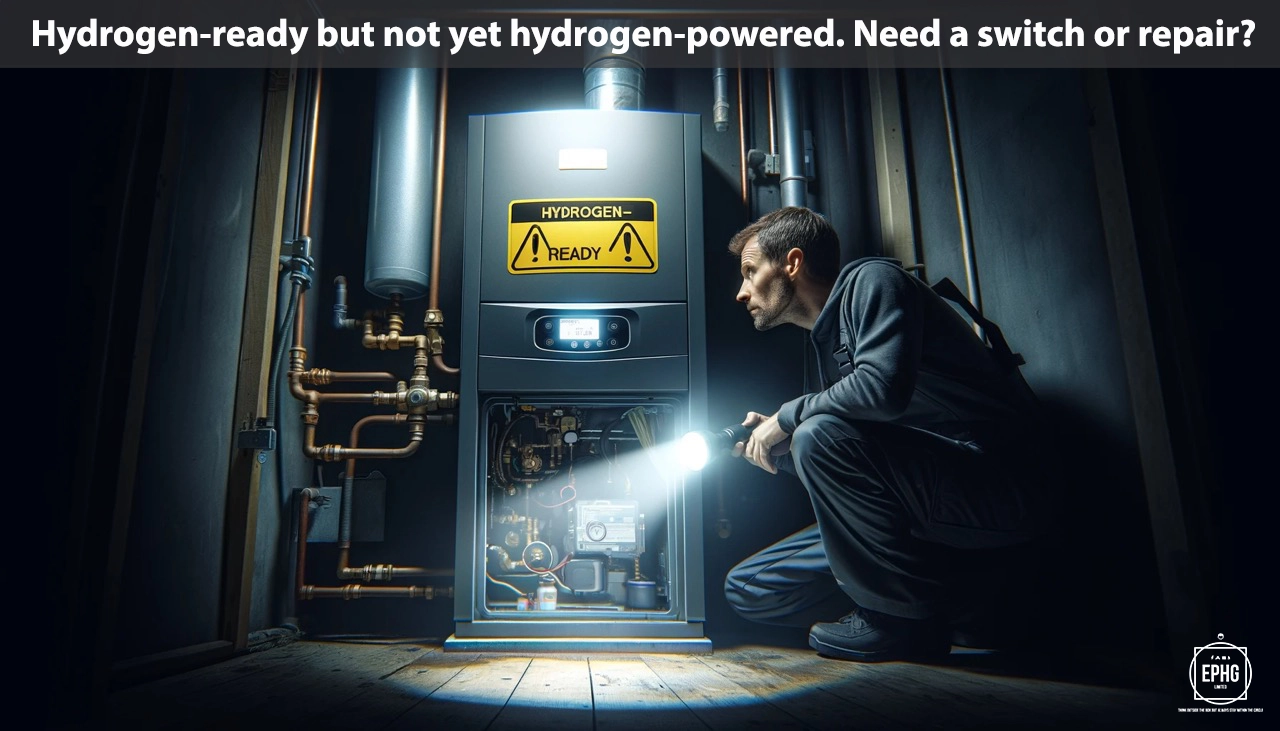
G Postcodes for Utilities & Services in Glasgow
Introduction: The G postcode area, encompassing Glasgow and its neighboring areas, presents diverse utilities and services catering to the residents and businesses. This section offers insights into the water and electric supply, along with other relevant information for a sustainable lifestyle.
Water in Glasgow
Where does the water supply come from in Glasgow and is there ever a shortage of water?
In Glasgow, the primary water supply is sourced from Loch Katrine and the River Clyde, renowned for their quality and historical significance in supplying water to the city. These sources, together with modern treatment facilities, ensure the delivery of clean and safe water to Glasgow's population. Despite the generally reliable water provision, the region can face challenges due to environmental changes and urban development pressures. The Scottish Water authority manages these issues proactively by implementing reservoir capacity expansions and water conservation campaigns. While Glasgow has been fortunate to avoid significant water shortages, ongoing efforts in sustainable water management and infrastructure investment aim to secure water resources for future generations. Residents are encouraged to participate in water-saving practices to contribute to the area's water sustainability.
What is the hardness & quality of the water in Glasgow and can this affect your health?
The water in Glasgow is predominantly soft, particularly due to its main sources, Loch Katrine and the River Clyde, passing through peaty land rather than limestone or chalk areas. This results in lower levels of calcium and magnesium, hence fewer scaling issues in household appliances and better efficiency for soaps and detergents. Glasgow's water is regularly monitored and tested against strict regulations to ensure it remains safe and of high quality for consumption. While soft water is beneficial for people with certain skin conditions, it's important to note that it contains fewer minerals than hard water. However, this has minimal impact on overall health, as dietary intake can compensate for these minerals. The commitment to maintaining excellent water quality in Glasgow helps ensure that it remains a safe and pleasant part of daily life.
Electricity in Glasgow
Where does the electric supply come from in Glasgow and what is the future of energy there?
Glasgow's electricity supply is diversifying, moving from a reliance on traditional fossil fuels to a broader mix that includes renewable energies. The city, once powered largely by coal and natural gas, is now embracing wind, solar, and hydroelectric power sources, reflecting Scotland's abundant natural resources. Glasgow is particularly keen on wind energy, with several wind farms in the vicinity contributing to the grid. The future of energy in Glasgow is green and innovative, with continued investments in renewable energy projects and infrastructure. Initiatives like the Glasgow Green Deal aim to transform the city into a leading example of sustainability, focusing on reducing carbon emissions and enhancing energy efficiency. The vision for Glasgow's energy future is to achieve a carbon-neutral status, incorporating cutting-edge technologies such as battery storage systems and smart grids to ensure a reliable, sustainable energy supply.
When is hydrogen coming to gas boilers in Glasgow?
The integration of hydrogen into Glasgow's energy system is part of Scotland's broader ambition to transition towards renewable energy sources. The city is involved in several hydrogen pilot projects, anticipating a future where hydrogen can be used in residential heating systems as well as in public transport and industrial applications. Although a specific timeline for the widespread adoption of hydrogen gas boilers in Glasgow is yet to be defined, pilot programs and research are paving the way for this transition. Residents are advised to stay updated on developments and consider energy-efficient improvements to their current heating systems in preparation for future changes. Glasgow's move towards hydrogen energy is seen as a key component in achieving its environmental goals, with local authorities and energy companies gearing up for gradual implementation over the next decade.
Where Does the Wastewater Go in Glasgow
Glasgow's approach to wastewater management is a critical aspect of its urban infrastructure, designed to protect public health and the environment. The city's wastewater is collected and treated at several modern facilities, including the Shieldhall Wastewater Treatment Works, one of the largest in Scotland. Here, innovative processing methods are applied to remove contaminants before the cleaned water is returned to the River Clyde. This system not only adheres to stringent environmental standards but also plays a part in the Clyde's ongoing rejuvenation efforts. Glasgow is continuously investing in its wastewater infrastructure to improve treatment efficiency and capacity, ensuring the city can meet the needs of its growing population while maintaining the health of its natural waterways.
Regions and Services:
The G postcode area offers a blend of urban and rural landscapes, from the bustling city of Glasgow to the serene towns and countryside of Greater Glasgow. Key regions include:
- Glasgow City: The heart of the region's utilities development, showcasing a sophisticated mix of electrical, gas, and renewable energy infrastructures.
- Clydebank, Dumbarton, and Bearsden: Suburban areas combining historical charm with contemporary services, highlighting transitions toward sustainable energy and modern utilities.
- Newton Mearns, East Kilbride, and Milngavie: Expanding towns where investment in renewable energy sources like solar and wind is growing, reflecting a shift towards greener utilities.
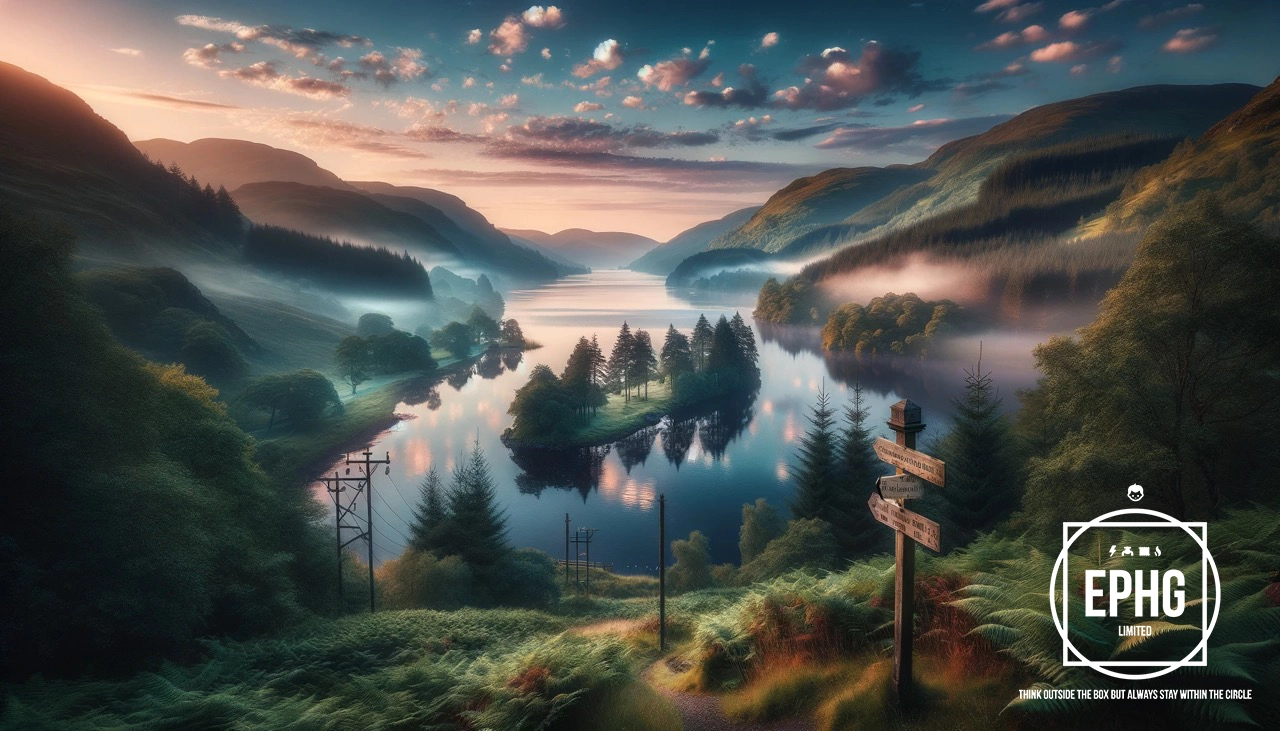
Regions within the G Postcode
Glasgow City
- G1: Merchant City, Glasgow Cross
- G2: Blythswood Hill, Anderston
- G3: Finnieston, Kelvingrove, Woodlands, Park
- G4: Glasgow North, Cowcaddens, St Georges Cross, Townhead
- G5: Gorbals, Oatlands, Laurieston
- G11: Partick, West End
- G12: West End, Cleveden, Dowanhill
- G20: Maryhill, North Kelvinside, Ruchill
- G21: Springburn, Balornock
- G22: Possilpark, Milton
- G23: Lambhill, Summerston
- G31: Dennistoun, Haghill, Parkhead
- G32: Carmyle, Tollcross, Mount Vernon
- G33: Easterhouse, Provanhall, Riddrie
- G34: Wellhouse, Queenslie, Garthamlock
- G40: Bridgeton, Calton, Dalmarnock
- G41: Pollokshields, Shawlands
- G42: Govanhill, Mount Florida, Strathbungo
- G43: Mansewood, Newlands, Pollokshaws
- G44: Cathcart, Simshill, King's Park
- G45: Castlemilk
- G46: Giffnock, Thornliebank
- G51: Govan, Ibrox
- G52: Cardonald, Hillington, Penilee
- G53: Darnley, Pollok, Crookston
Surrounding Areas and Villages
- G60: Clydebank
- G61: Bearsden
- G62: Milngavie
- G63: Balfron, Strathblane, Killearn
- G64: Bishopbriggs, Torrance
- G65: Croy, Kilsyth
- G66: Kirkintilloch, Lenzie
- G67: Cumbernauld
- G68: Cumbernauld, Dullatur
- G69: Baillieston, Garrowhill, Gartcosh
- G71: Uddingston, Bothwell
- G72: Blantyre, Cambuslang
- G73: Rutherglen
- G74: East Kilbride
- G75: East Kilbride
- G76: Clarkston, Eaglesham, Waterfoot
- G77: Newton Mearns
- G78: Barrhead, Neilston
- G81: Clydebank
- G82: Dumbarton, Cardross
- G83: Alexandria, Arrochar
